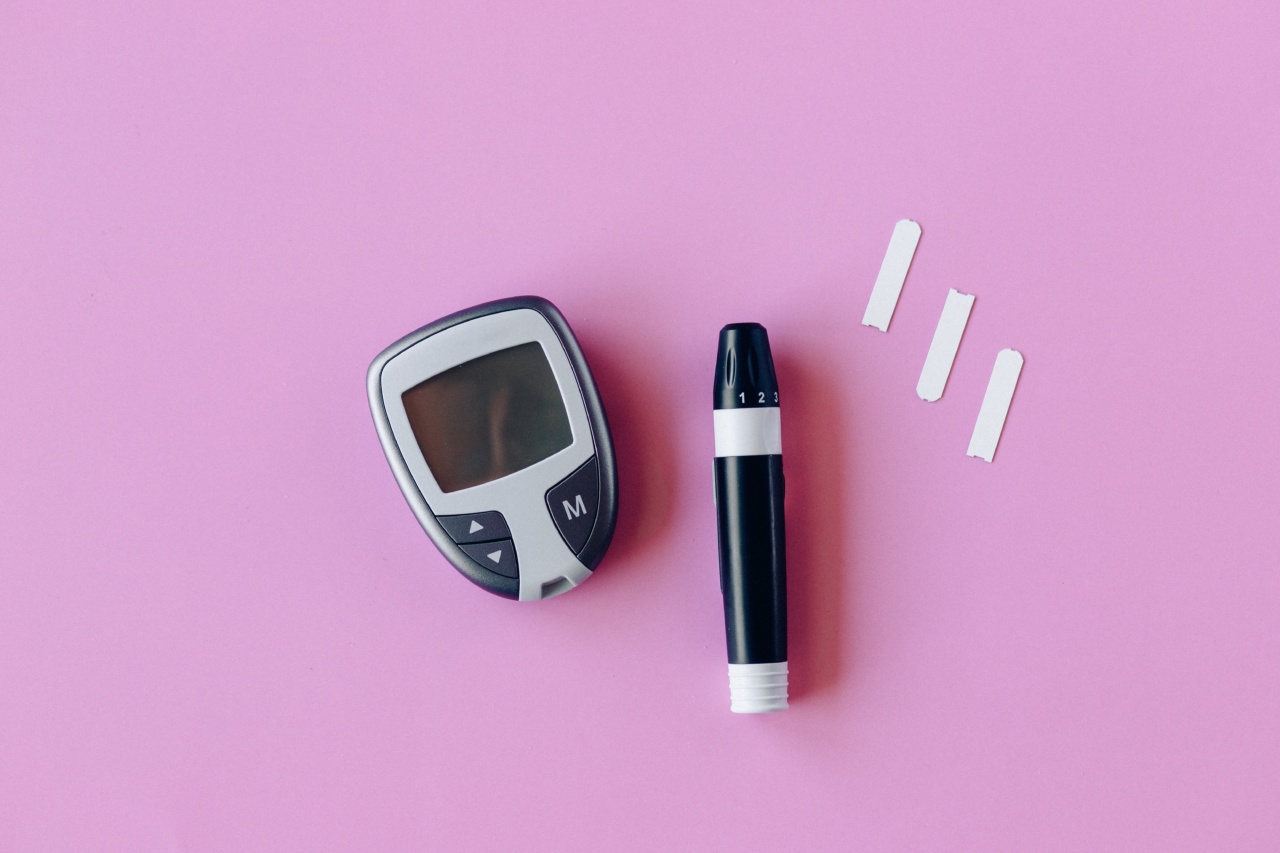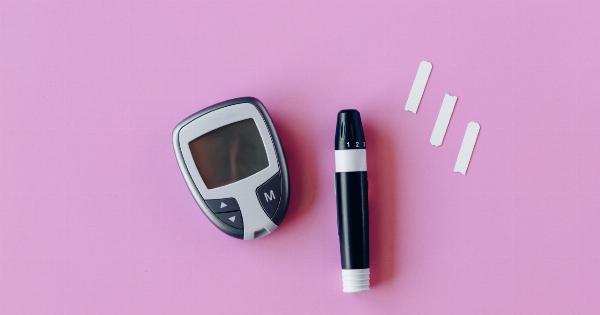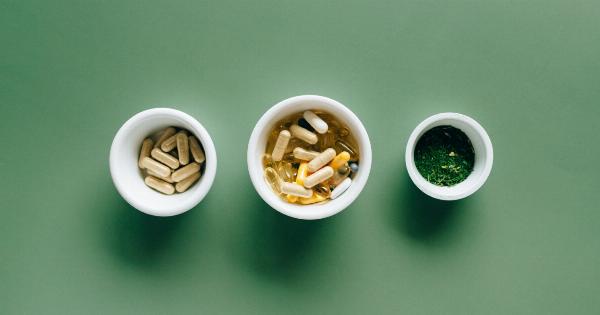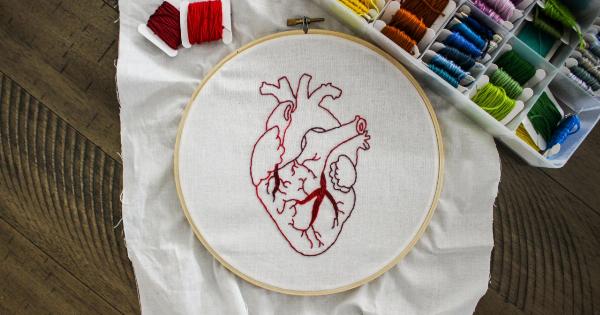November 14th is recognized as World Diabetes Day, a day dedicated to raising awareness about diabetes and promoting the importance of managing this chronic disease. Diabetes is a global epidemic, affecting millions of people worldwide.
It is a condition characterized by high blood sugar levels, either because the body doesn’t produce enough insulin (Type 1 diabetes) or it doesn’t effectively use the insulin it produces (Type 2 diabetes). Both types are serious and require careful management to prevent complications.
The Sugar-Diabetes Connection
One of the most significant factors contributing to the incidence of diabetes is the consumption of excess sugar. Research has shown that a high-sugar diet can lead to obesity, insulin resistance, and ultimately, the development of Type 2 diabetes.
In fact, studies have revealed that individuals who consume large amounts of sugary beverages have a significantly higher risk of developing this chronic condition.
Dietary Strategies for Managing Diabetes
1. Reduce Added Sugar Intake: The first step in managing diabetes is reducing the consumption of added sugars. This includes cutting back on sugary beverages like sodas, energy drinks, and fruit juices.
Opt for water, unsweetened tea, or infused water instead. Additionally, read food labels carefully to identify hidden sources of added sugars in packaged foods and choose healthier alternatives.
2. Embrace a Balanced Diet: A balanced diet is essential for managing diabetes. Focus on consuming a variety of nutrient-dense foods, including whole grains, lean proteins, fruits, vegetables, and healthy fats.
Avoid highly processed and refined foods as they can cause blood sugar spikes. Instead, choose whole foods that provide steady energy and essential nutrients.
3. Practice Portion Control: Controlling portion sizes is crucial for managing blood sugar levels. By monitoring the quantity of food consumed, individuals with diabetes can better control their blood sugar responses.
Use measuring tools or weigh portions until you become skilled at estimating appropriate serving sizes.
4. Choose Low Glycemic Index Foods: Foods with a low glycemic index (GI) have a minimal impact on blood sugar levels. Include more low GI foods in your diet, such as whole grains, legumes, non-starchy vegetables, and nuts.
These foods are digested and absorbed more slowly, leading to a gradual rise in blood sugar levels.
5. Incorporate Healthy Fats: Healthy fats, such as avocados, olive oil, and nuts, can help manage blood sugar levels. These fats slow down digestion and the release of sugar into the bloodstream.
Including a moderate amount of healthy fats with each meal can promote better blood sugar control.
The Role of Exercise in Diabetes Management
Regular physical activity plays a crucial role in managing diabetes. Exercise helps improve insulin sensitivity, lowers blood sugar levels, and aids in weight management. Here are some strategies to incorporate exercise into your daily routine:.
1. Choose Activities You Enjoy: Find physical activities that you enjoy and incorporate them into your routine. Whether it’s walking, swimming, dancing, or cycling, making exercise fun can make it easier to stick to a regular regimen.
2. Start Slow: If you are new to exercise or have been inactive for a while, it’s important to start slow and gradually increase the intensity and duration of your workouts.
Consult with a healthcare professional before beginning any new exercise program.
3. Regular Aerobic Exercise: Engage in moderate-intensity aerobic exercise for at least 150 minutes per week. Examples include brisk walking, jogging, cycling, or swimming.
These activities help improve cardiovascular health and promote better blood sugar control.
4. Strength Training: Incorporate strength training exercises at least two days a week. Resistance exercises help build muscle mass, increase metabolism, and enhance insulin sensitivity.
5. Stay Active Throughout the Day: In addition to dedicated workout sessions, aim to be active throughout the day.
Take breaks from sitting and move around, perform household chores, take the stairs whenever possible, and consider using a standing desk at work.
Maintaining a Healthy Lifestyle for Diabetes Management
1. Get Regular Check-ups: Regular medical check-ups and screenings are essential to monitor your diabetes management and detect any complications early. Work closely with your healthcare provider to establish a personalized care plan.
2. Monitor Blood Sugar Levels: Keeping track of your blood sugar levels is crucial in managing diabetes.
Regular monitoring helps identify patterns, determine the impact of foods and activities on blood sugar, and make necessary adjustments to medications or lifestyle choices.
3. Stay Hydrated: Proper hydration is essential for everyone, especially those with diabetes. Drinking adequate water helps maintain optimal blood sugar levels and promotes overall health.
Avoid sugary drinks and instead opt for water, herbal tea, or infused water.
4. Get Enough Sleep: Quality sleep is crucial for overall health and diabetes management. Poor sleep can increase insulin resistance and disrupt hormone regulation. Aim for 7-9 hours of restorative sleep each night.
5. Manage Stress: Chronic stress can negatively impact blood sugar levels and overall well-being.
Find healthy ways to manage stress, such as engaging in relaxation techniques, practicing mindfulness, or pursuing hobbies and activities that bring you joy.
Medication and Support
While lifestyle modifications are key to managing diabetes, some individuals may also require medication or insulin therapy to control their blood sugar levels effectively.
It’s important to work closely with a healthcare professional to determine the most appropriate treatment plan.
Additionally, seeking support from diabetes educators, support groups, or online communities can provide valuable guidance, encouragement, and motivation throughout your diabetes journey.
Conclusion
Managing diabetes requires a comprehensive approach that includes dietary strategies, regular exercise, maintaining a healthy lifestyle, and, when necessary, medication.
By implementing these modern strategies, individuals with diabetes can break free from sugar’s grip and achieve better control over their blood sugar levels. On World Diabetes Day, let us raise awareness and show support for those living with diabetes, promoting a healthier future for all.






























